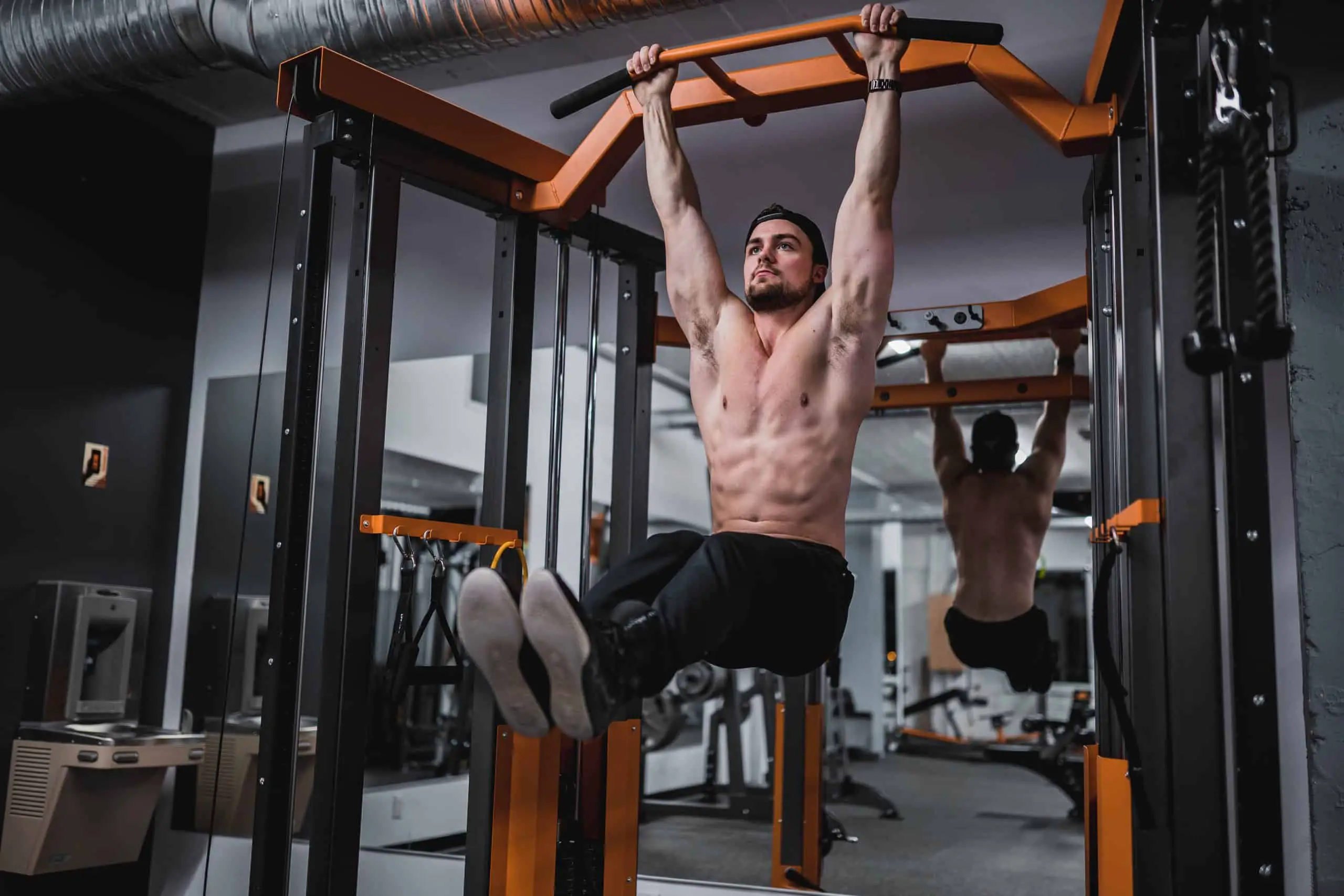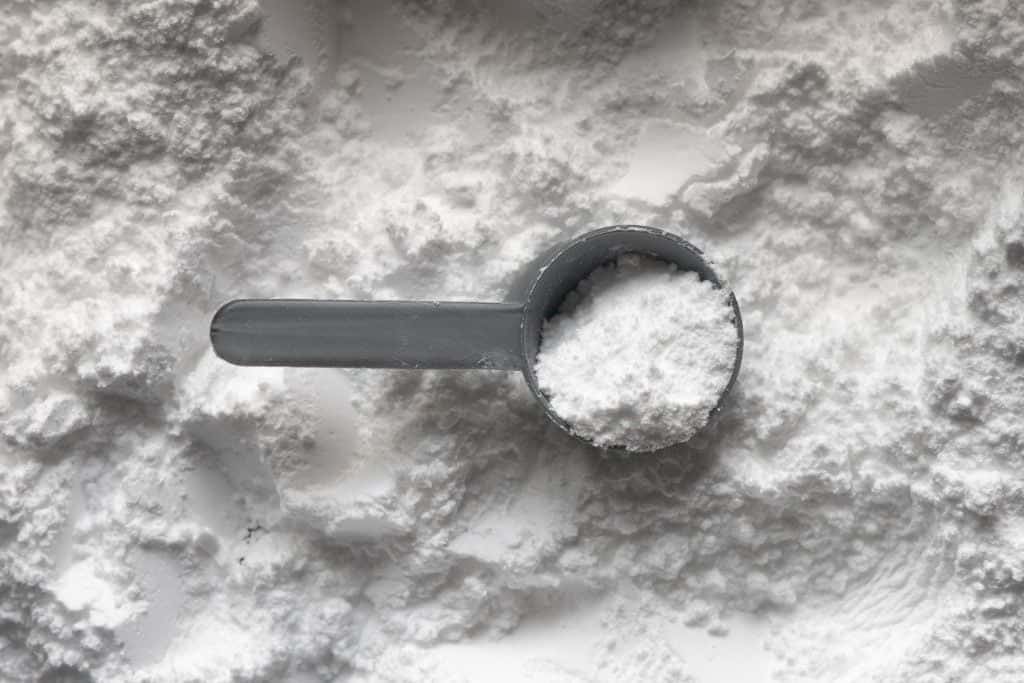Exercise is complex. While working out is better than avoiding it altogether, there is a science behind getting the perfect workout for your body. From calories in versus calories out and training your body for specific tasks, it’s a neverending journey to figuring things out. But what about when you’re wondering how many rest days for muscle growth?
You don’t want to spend all of your time in the gym aiming for larger muscles and realize that you haven’t been taking the proper care of your body. So, we’re here to answer that all-important question of how many rest days for muscle growth is required!
Table of Contents
How Many Rest Days for Muscle Growth?
- How Muscles Grow
- Exercises for Muscle Growth
- Eating For Muscle Growth
- How Many Rest Days for Muscle Growth
How Muscles Grow
Have you ever wondered about how muscles actually grow? According to scientific research, it’s complicated. This growth in your muscles happens when “muscle protein synthesis is greater than the rate of muscle protein breakdown.”
That may make sense to the folks who study physiology, but what about the rest of us fitness enthusiasts? Broken down into simpler terms, your muscles will grow if you continue to challenge them with more resistance (or more weight.)
This process of lifting heavier weights is called muscle hypertrophy. It is when your muscles continue to go through “injury”, as your body will repair them, which in turn increases the size of your muscles! So, your body is really just carefully injuring itself to get better and stronger.
Exercises for Muscle Growth
Does this mean that you can pick up anything heavy and expect to build muscle? No! The process of building muscles and the exercises required to do it are as complex as the science behind it.
When it comes to exercising for muscle growth, you’ll have to consider what muscles you actually want to grow. Some aim for overall growth throughout their entire body, while others are more concerned with bulking up their arms or legs.
If you want to live a healthier and stronger lifestyle, we recommend you aim to build muscles all over your body. This can be done through a mixture of bodyweight exercises and weight lifting.
Bodyweight exercises are when you use the weight of your own body to improve your strength. Some examples include:
- Push-ups
- Burpees
- Planks
- Crunches
- Wall sits
- Lunges
Weight lifting is when you use physical materials to work out your muscles. There are pieces of fitness machinery that can help you do this, but it’s often done through lifting metal or plastic weights.
The size of the weights that you lift will depend on your current rate of strength. You want to pick something that is challenging enough that it works up a sweat, but not so challenging that you can barely lift it off the ground! As you get stronger, you’ll be able to increase the weight of your weights.
If you’re doing full-body workouts and prioritizing each muscle with every workout, research has found that three days of exercise per week is enough to build strength. You can also rotate through different body parts if you find this more comfortable for your body. Though, ensure that each part is being worked out equally to avoid over-exercising one muscle and under-exercising another.
Eating For Muscle Growth
Have you ever wondered about eating your way to a stronger body? Combining a healthy diet with exercise is the optimal route, but there are a few things that you can consume to help facilitate your muscle growth even further.
High-protein foods are the key to gaining muscle. This is because protein helps maintain muscle mass while also promoting growth.
Here are some high-protein foods to consider eating on your muscle mass journey!
- Eggs
- Almonds
- Chicken breast
- Greek yoghurt
- Milk
- Lean beef
- Broccoli
- Whey protein
- Quinoa
- Fish
You may also consider adding supplements to your diet. These are designed to maximize your muscle gain while also helping you burn calories more efficiently.
Some of the most popular supplements that you may consider for muscle gain include:
- Creatine
- General protein supplements
- Beta-alanine
- HMB
Image courtesy of Unsplash.
How Many Rest Days For Muscle Growth
Now that you know how you can build muscle through exercise and eating (and what that means for your body), you’re likely eager to find out how many rest days you’ll earn during the process!
Since your body may be training different muscles at different times, learning how many rest days for muscle growth is not as simple as stating a number. Rather, it’s about calculating what muscles you’re exercising and when.
It’s recommended to spend up to two days resting a certain muscle group. So, if you spend a day doing legs, consider taking two days away from the legs. You can work out your arms in the meantime (or another muscle group).
If you spend each workout doing a full-body exercise, consider spending one to two days between each of your workouts.
At the end of the day, it’s important to listen to your body. If you’re feeling too tired to continue your usual daily routines or are spending more time feeling sore than strong, you might want to consider taking more time to rest or seeing a doctor to ensure that your body is able to keep up with your workout goals.
Similar Posts
- How to Use Exercise Bands at Home – 12 Exercises You Can Do Today!
- The Best Handheld Electric Massagers in 2025
- How to Exercise Your Stomach Muscles at Home – 10 Exercises to Build Core Strenght
- The Best Adjustable Dumbbells in 2025 – Build Bigger Muscles From Home
- The Best Ab Toning Belts in 2025
The answer to how many rest days for muscle growth will depend on how your exercising. Though, you can’t go wrong with two days of rest between each period of intense muscle exercise! So, get out there and get moving. Just remember to take the rest that you deserve.



